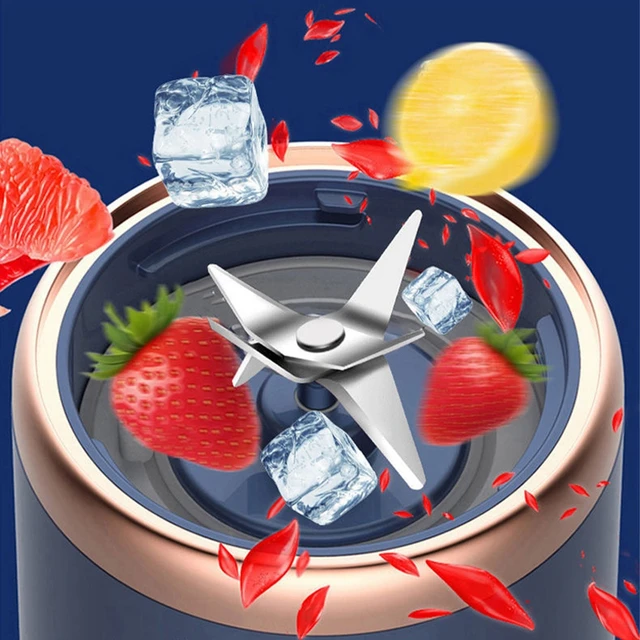
Introduction: Seeking Alternative Methods for Crushing Ice
Crushed ice is a refreshing and versatile addition to cocktails, cold beverages, and various chilled desserts. While blenders are commonly used to crush ice, there may be instances where a blender is not readily available or desirable. In this comprehensive guide, we will explore different methods for crushing ice without a blender. From manual techniques to using household items, you’ll discover alternative ways to achieve the perfect crushed ice consistency and elevate your icy creations.
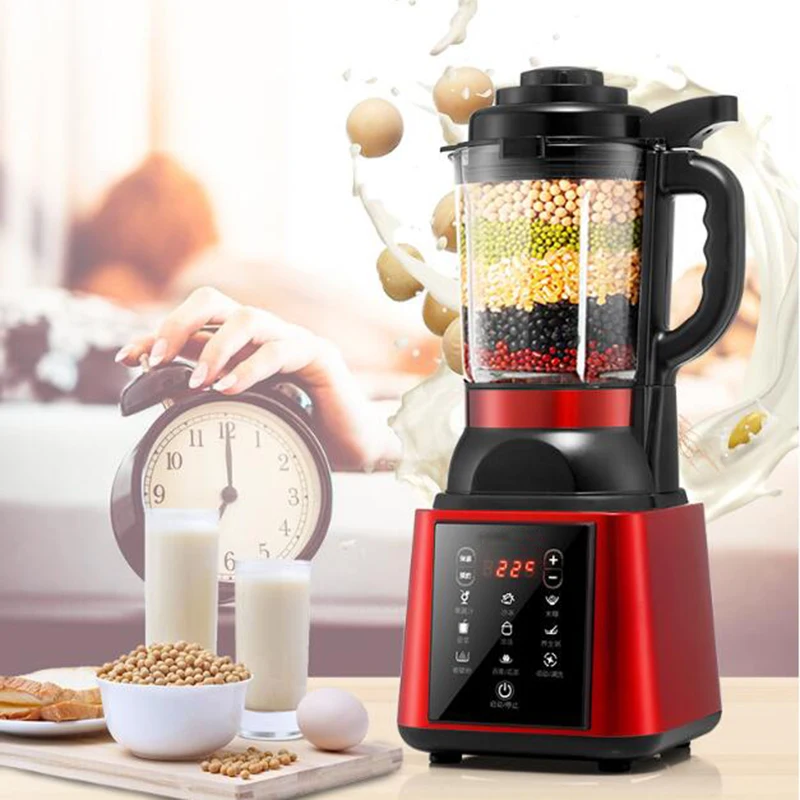
Creating Crushed Ice: Methods for Crushing Ice without a Blender
-
Manual Crushing Methods
a. Ice bag and mallet: Place the ice cubes in a strong, sealable plastic bag. Ensure the bag is properly sealed to prevent any leaks. Next, lay the bag flat on a sturdy surface and use a mallet or hammer to gently crush the ice. Apply even pressure and keep the strikes controlled to achieve the desired ice texture. Exercise caution to avoid puncturing or tearing the bag.
b. Rolling pin or meat tenderizer: Put the ice cubes in a durable plastic bag and seal it securely. Lay the bag flat on a solid surface and use a rolling pin or meat tenderizer to roll or pound the ice evenly. Continue until you reach the desired crushed ice consistency. Take care to maintain control and prevent the bag from tearing.
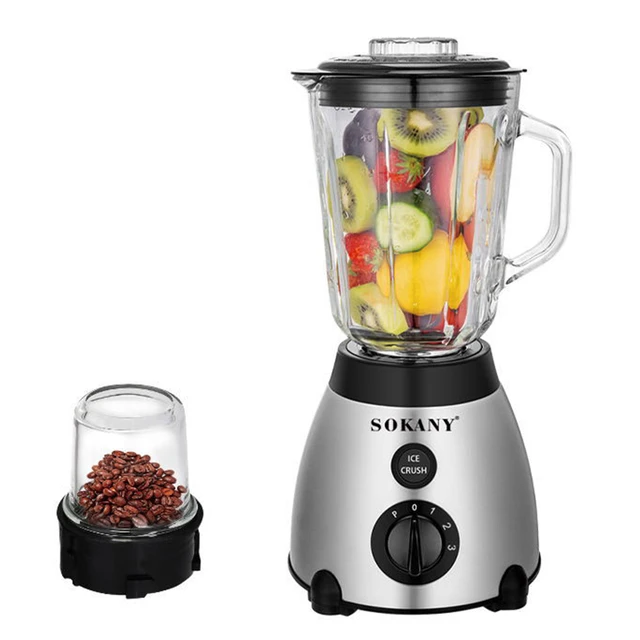
-
Using Kitchen Utensils
a. Potato masher: A potato masher can be a useful tool for crushing ice. Place the ice cubes in a large bowl or container and use the potato masher to press and mash the ice cubes against the surface. Move the masher in a back-and-forth motion to break up the ice into smaller pieces. Repeat this process until the desired crushed ice consistency is achieved.
b. Meat grinder: If you have a manual meat grinder with a large opening, it can be used to crush ice. Ensure that the grinder is clean and free from any meat residue. Simply feed the ice cubes into the grinder and turn the handle to crush the ice. Adjust the texture by controlling the speed at which you crank the handle.
c. Food processor attachment: Some stand mixers or hand mixers have attachments specifically designed for processing food. If available, attach the appropriate blade or accessory to the mixer and use it to crush the ice. It is important to note that not all mixer attachments are suitable for crushing ice, so refer to the manufacturer’s instructions before attempting this method.
-
Utilizing Household Items
a. Ziplock bag and wooden spoon: Place the ice cubes in a sturdy ziplock bag and seal it tightly. Lay the bag flat on a solid surface and use a wooden spoon to gently crush the ice. Apply even pressure and use a pressing or rolling motion to break up the ice cubes. Continue until the desired crushed ice consistency is achieved.
b. Cutting board and knife: Lay a clean cutting board on a stable surface. Place a few ice cubes on the cutting board and use a large, heavy knife to carefully chop and crush the ice cubes. Use a rocking motion with the knife to cut and press down on the ice until it reaches the desired crushed texture. Exercise caution to prevent any accidents or injuries while using the knife.
c. Manual ice crushers: Manual ice crushers are handheld devices specifically designed for crushing ice. These devices typically consist of sharp blades or crushing mechanisms and a container to catch the crushed ice. To use the manual ice crusher, simply load the ice into the device and turn the handle or twist the knob to crush the ice into the desired consistency.
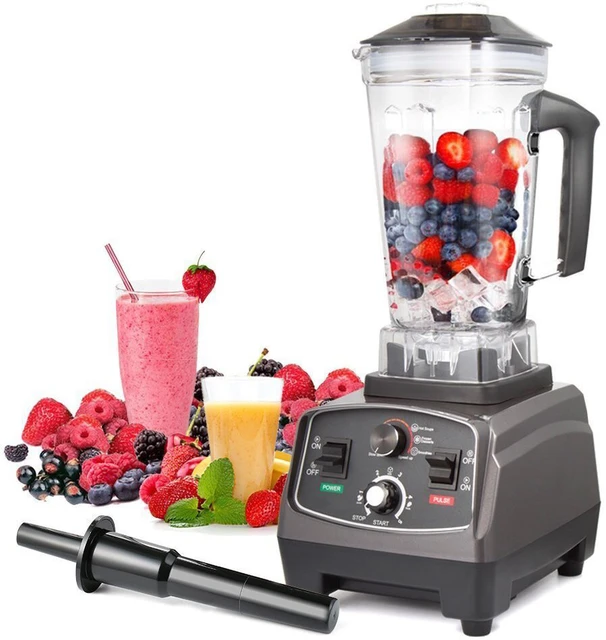
-
Preparing Ice in Advance
a. Ice cube trays: If you prefer crushed ice and do not have a blender available, consider freezing water in ice cube trays specifically designed to create small, easily crushable ice cubes.
b. Freeze a damp towel: Dampen a clean kitchen towel or cloth and fold it into a small bundle. Place the bundle in the freezer until it becomes stiff and cold. Once the towel is frozen, remove it from the freezer and use your hands to gently crush or break it apart into small pieces. This method produces crushed ice with a soft and fluffy texture.
-
Tips for Optimal Ice Crushing
a. Use quality ice: The quality of the ice being crushed can impact the end result. Use clear and solid ice cubes without any impurities or trapped air for the best texture and flavor.
b. Work in small batches: It is recommended to crush ice in small batches to maintain greater control and achieve consistent results. This allows for more effective crushing without causing the ice to melt excessively.
c. Store crushed ice properly: Once you have crushed the desired amount of ice, transfer it to a clean airtight container or plastic bag and place it in the freezer until ready to use. This helps prevent the crushed ice from melting and maintains its texture before adding it to your desired beverages or recipes.
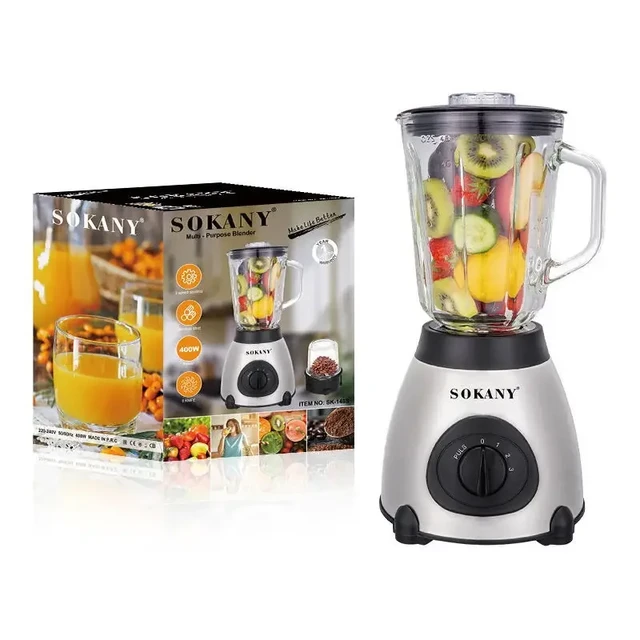
-
Safety Precautions
a. Be cautious with sharp tools: When using knives or mallets to crush ice, exercise caution and ensure proper hand placement and control. Keep fingers and hands away from the sharp edges and striking zones to prevent any accidental injuries.
b. Use sturdy containers: When using manual crushing methods or household items, use sturdy containers or bags that can withstand the pressure and force applied to crush the ice. Avoid using thin or flimsy materials that may tear or break during the process, posing a risk of spills or injuries.
c. Prevent cross-contamination: Maintain proper hygiene practices by using clean utensils, cutting boards, or tools when crushing ice.
-
Beyond Just Crushing Ice
a. Flavor infusions: Take your crushed ice to the next level by infusing it with flavors. Before freezing water in ice cube trays, add a splash of citrus juice, a hint of mint, or a few drops of your favorite extract to the water. Once frozen and crushed, the resulting ice will carry the infused flavors, enhancing your beverages or recipes.
b. Ice molds and shapes: Get creative with your ice by using molds or trays that create fun and unique shapes. Silicone molds in various designs, such as stars, hearts, or fruit shapes, can add a playful touch to your crushed ice creations.
c. Decorative elements: Add a touch of visual appeal to your crushed ice by incorporating edible flowers, herbs, or colorful fruits. These decorative elements can elevate the presentation of your beverages or desserts, making them look as delightful as they taste.
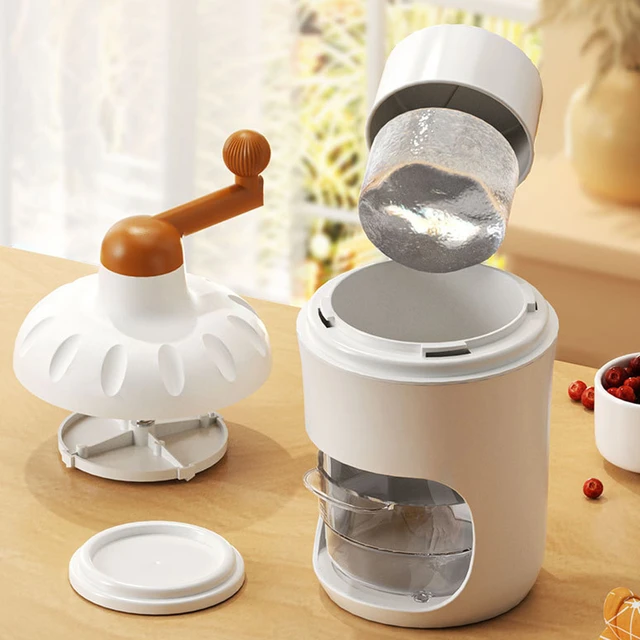
Conclusion: Crushing Ice Creatively
While blenders are popular for crushing ice, there are various alternative methods available when a blender is not accessible or preferred. By utilizing manual crushing techniques, everyday kitchen utensils, and household items, you can achieve crushed ice with different textures and consistencies.
Manual methods like using an ice bag and mallet, a rolling pin, or a mortar and pestle allow for a hands-on approach, while kitchen utensils such as a potato masher or meat grinder provide convenience and efficiency. Additionally, household items like a ziplock bag and wooden spoon, or a cutting board and knife, offer accessible alternatives for crushing ice.
Experiment with different methods and find the technique that suits your preferences and needs. With a little creativity and resourcefulness, you can enjoy refreshing crushed ice anytime, enhancing your beverages, desserts, and cooling down on hot days.